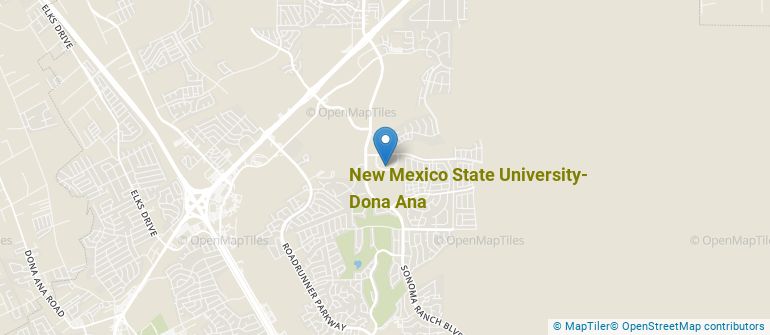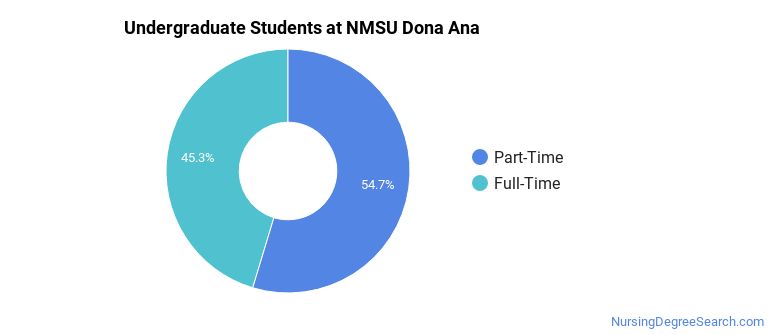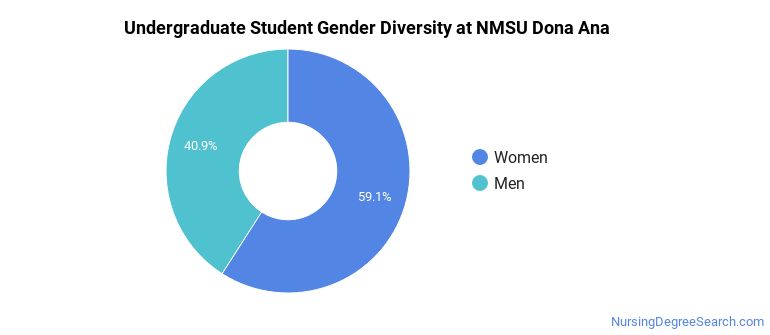New Mexico State University - Dona Ana Nursing Programs
Located in Las Cruces, New Mexico, New Mexico State University - Dona Ana is a public institution. The city atmosphere of Las Cruces makes it a great place for students who enjoy having lots of educational and entertainment options.
Where Is New Mexico State University - Dona Ana?

Contact details for NMSU Dona Ana are given below.
| Contact Details | |
|---|---|
| Address: | 2800 N. Sonoma Ranch Blvd., Las Cruces, NM 88011 |
| Phone: | 575-528-7000 |
| Website: | dacc.nmsu.edu |
How Do I Get Into NMSU Dona Ana?
You can apply to NMSU Dona Ana online at: admissions.nmsu.edu/apply/
Can I Afford New Mexico State University - Dona Ana?
Student Loan Debt
Almost 66% of college students who graduated with the class of 2018 took out student loans, but that percentage varies from school to school. At NMSU Dona Ana, approximately 13% of students took out student loans averaging $2,261 a year. That adds up to $9,044 over four years for those students.
New Mexico State University - Dona Ana Undergraduate Student Diversity

Gender Diversity
Of the 3,186 full-time undergraduates at NMSU Dona Ana, 41% are male and 59% are female.

Racial-Ethnic Diversity
The racial-ethnic breakdown of New Mexico State University - Dona Ana students is as follows.

| Race/Ethnicity | Number of Grads |
|---|---|
| Asian | 22 |
| Black or African American | 43 |
| Hispanic or Latino | 2,386 |
| White | 494 |
| International Students | 101 |
| Other Races/Ethnicities | 140 |
New Mexico State University - Dona Ana Nursing Concentrations
The table below shows the number of awards for each concentration.
| Major | Associate’s | Undergraduate Certificate | TOTAL |
|---|---|---|---|
| Registered Nursing | 32 | 0 | 32 |
| Licensed Practical/Vocational Nurse Training | 0 | 27 | 27 |
| Nursing Assistant/Aide and Patient Care Assistant/Aide | 0 | 1 | 1 |
| TOTAL | 32 | 28 | 60 |
References
*The racial-ethnic minorities count is calculated by taking the total number of students and subtracting white students, international students, and students whose race/ethnicity was unknown. This number is then divided by the total number of students at the school to obtain the racial-ethnic minorities percentage.
More about our data sources and methodologies.
